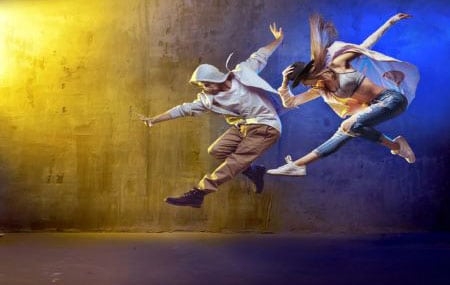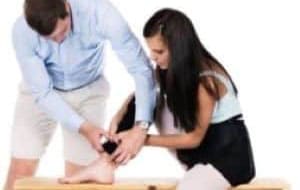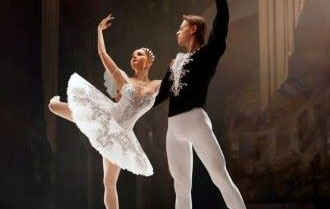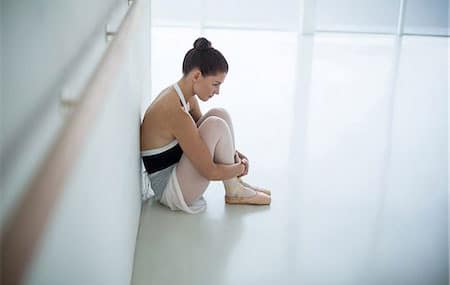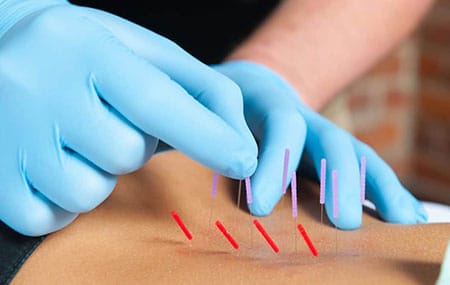BLOGS
Dancers, Maximize Your Cross-Training with The Ellové Technique
– Caitlin M. Heflin
I had the distinct pleasure of attending an Ellové Technique workshop taught by Master Instructor/Business Manager Laura Haney and facilitated by Doctors for Dancers.
Who is at risk of getting COVID-19 infection?
Most likely we all are.
– Linda Bluestein
Many people have asked me to share the strategies I use to optimize my ability to handle infection(s) and the corresponding inflammatory response. It is the exaggerated inflammatory response that leads to complications of infection such as Acute Respiratory Distress Syndrome (ARDS)…
What’s the Best Way to Rehab an Injury?
Prevent it!
– Mary Beth Foreman
Between school, work, rehearsals, and performances, it can be easy to push off self care until tomorrow. While many of us have been in your shoes and can empathize, I sure do wish that I knew then what I know now. After many years of schooling and residency, my goal is to teach dancers that…
Here’s Why Even Young Dancers Should Be Thinking About Injury Prevention
– Margaret Fuhrer: Editor in Chief of Dance Spirit Magazine
Have you heard the story about the dancer who needed a double hip replacement…at age 16?It’s not an urban legend—just ask iconic choreographer Mia Michaels. In a video series about dance injuries, produced by Apolla Performance Footwear, Michaels tells the tale…
Naturopathic Medicine Supports Career Longevity and Optimal Performance
– Brittany Krake
In an industry that places massive demands on your body and expects consistent high energy performances, dancers often look to the internet or friends for advice on things like improving body composition, increasing energy, and healing injuries or chronic pain more efficiently…
The Pas de Deux of Dance and Trauma
– Erica Thornel
May is Mental Health Awareness Month and while it is always an important topic, it is even more imperative that we discuss it amid this COVID19 pandemic. According to a study published in 2005 “dancers had a significantly higher distribution of PTSD (20.2%) compared to the normal population (7.8%).” …
Top 5 Hip Injury Prevention Tips for Dancers
– Dr. Scott Ruth
Let’s start by saying dance is tough! No one can 100% prevent injuries. Maybe you slip, someone bumps into you, a shoe comes off, etc. Any of these things can lead to an injury.
Dry Needling
– Bridget Kelly
Dance medicine professionals are always looking for tools to best help dancers recover from injuries. Dry needling can be a great tool to use when muscular tension and pain are impacting dance performance ability.…



